Groundhog Day ja Voo
As I think back on the past five years, I am reminded of the movie Groundhog Day (1993) starring Bill Murray; a philosophical comedy film about a weatherman who finds himself reliving the same day over and over. A fictional misanthropic TV meteorologist Phil Connors gets wiser and wiser about the Events of 2/2; and gets the girl at the end. Now replace ‘meteorologist’ with Katrina Response researcher, ‘2/2’ with 9/1, ‘Phil’ with Darryl and you have the plot summary for my real life New Orleans odyssey.
Around the time of the four year anniversary of Hurricane Katrina in 2009, all signs were pointing to completion and fruition. I appeared that my independent research project had finally ran its course. On September 29, 2009, an invaluable and trusted research colleague, since the Repopulation Days at Camp Mama D in the New Orleans 7th Ward, and I went our separate ways. It was now time to publish and move on myself. But a funny thing, or two, happened on the way to the editor and printer. Two huge events at the start of this brand new decade, twenty-six days apart, occurred and sent me and The Contraflow Project (TCP) into a different orbit.
The first was the 7.0 Earthquake that rocked Haiti on January 12, 2010. After being in New Orleans for over four years documenting the Katrina Response while living in the devastation, then to see a mega-mega disaster in a predominately African-descendant Western Hemisphere country; well it definitely placed a lot of things into its proper perspective. One day I was collaborating with Haiti-native Maryse Dejean and WWOZ, who were being very supportive of TCP. The next day I’m at her side providing moral support and helping her electronically locate her family in the rubble of a Port-au-Prince suburb. It was so sad and so surreal, yet so familiar.
The second event occurred on February 7, 2010, down in South Florida; New Orleans Saints 31, Indianapolis Colts 17. Two years earlier I was on Bourbon Street celebrating LSU’s victory over the Ohio State University Buckeyes in the BCS Championship Game at the Superdome. I came across a lot of happy Cajun and Creole folks in purple and gold, and a lot of nervous looking Midwesterners in scarlet and grey. But there is nothing to compare with what the Saints victory in Super Bowl XLIV did for the people of Greater New Orleans and the entire state of Louisiana. Along with it being the most watched television event to date in American broadcast history, it also led directly to the largest spontaneous party in the history of the Big Easy. Oh yes, and it was Mardi Gras Season too. Now, I’m a lifelong Oakland Raiders fan; “Just win baby!” However, during Mardi Gras (Lombardi Gras) ’10, I was a fan of the people of New Orleans.
The two aforementioned events made Hurricane Katrina seem like another lifetime ago. With all due respect, sympathy and love to the people of Haiti, the two events were what New Orleans and I needed to move forward. We needed to be needed by non-Louisianans, to feel someone else pain in a big way, to feel L’Union Fait La Force (“Unity Makes Strength”).
We also needed to feel like winners. “Who dat!” a battle cry that takes me back to the 1987 season. It was the year I first saw Saints owner Tom Benson on national TV second-lining with an umbrella through the Superdome while the crowd chanted, “Who dat, who dat, who dat say day gonna beat dem Saints.” They were heading to the playoffs for the first time ever that in ’87; this after being known for years as the team whose faithful and embarrassed fans wore “Unknown Comic” paper bags on their heads to the dome. Today, I realize what made that chant so unusual. Many people in New Orleans do not pronounce their “T’s”.
Anyways, for the next year I would find myself in noLA-noLA Land; finally getting a chance to enjoy New Orleans, to enjoy the people, to enjoy myself. HBO was filming the first season of Treme all around us, the South’s largest free music event The French Quarter Festival was only six blocks away and the NO Jazz & Heritage Festival was bigger and better than ever. Life was ‘easy’. Later on that summer, I was able to make something big happen for the Soul Patrol, the group of men from the Seventh Ward who I met and sponsored two weeks after Katrina. You see there was never supposed to be a “TCP”, or was there…
My time in New Orleans was originally planned to conclude immediately after the one year anniversary of Katrina. It was at that time that I was supposed to head east to a donated home on Plum Island, Massachusetts and write Camp Epiphany; my original Katrina story of the Soul Patrol and the New Orleans Seventh Ward. But before I could board my LAS-BOS JetBlue flight, I received a call from New Orleans urging me to come back and be with the people during the recovery era. Yep, that phone call came from the aforemen-tioned invaluable research colleague; New England, or New Orleans?
I guess it’s obvious what my decision was, “I’m coming back baby”; ‘baby’ being a favorite unisex pronoun of New Orleans folk. The rest is Katrina history.
Getting back to the five year anniversary of Katrina; there I was on a so-called research sabbatical, no Camp Epiphany, no Katrina publi-cation period. I was able to successfully reach out to the organizers of the American Red Cross of New Orleans’ “Heroes of the Storm” Gala and inform them of the real-life urban legendary men of the Soul Patrol. The ARCNO staff immediately contacted Rick Mathieu, Manny Mathieu, Earl Barthe and Jadell Beard and extended them all an invitation to the Roosevelt Hotel Ballroom for that coming Saturday, August 28, 2010. With all the big names at this fundraising event, like Mayor Mitch Landrieu and Retired Lieutenant General Russel Honore, it was the Soul Patrol that everyone wanted to talk to and be seen with. I was so happy for them. They were finally recognized by their city for their heroic deeds five years earlier. This would buy me some time…
Fast-forward to the spring of 2011. After spending six months cataloging research, improving my website developing skills and formulating a social media campaign, it was now time to get back into TCP final research phase mode. I made a list of those who I had not yet interviewed. On that list was Russel Honore, Sheriff Harry Lee (current JPSO Command), Lt. Russell Vappie, Dr. Greg Henderson, Mr. James Hendrickson, Det. Bill Waldron, to name a few.
Veteran Homicide Detective Waldron, who had recently retired from the Manatee County Sheriff’s Office in Bradenton, Florida, was the only person over the course of the first five-plus years to respond to my request for an interview with a definitive ‘No’. In May 2011, he could not wait to talk to me. He, like many other Katrina Responders, was no longer constrained by their responder agency employers. Waldron and I would go back and forth electronically for one year. On May 9th at 9:18 a.m. EDT, I received an email Waldron that made me sit straight up. The following is an excerpt:
“… I had a conversation with Major Shoop {Texas Dept of Wildlife & Parks} on the drive to the collection point transporting the medical patients. I told Major Shoop that I had not seen any violence except by the Police earlier that morning during the hours of darkness when NOPD Units fired a shotgun in the air over the people gathered out front of the Convention Center when one man tried stopping an NOPD car to inquire about getting assistance and food and water.”
It was at this moment that I realized that Waldron was referring to the NOPD killing of Danny Brumfield on Convention Center Blvd. The significance of this critical realization will be made very clear in the forthcoming book series CONTRAFLOW. To commemorate this major milestone in TCP investigative-research efforts, I wrote a Katrina essay titled “The Events of 9/1.” I likened it to a literal literary victory dance of sorts. But then came Hurricane Isaac on the seven year anniversary of Hurricane Katrina. Thankfully, those living inside the levee protection systems in SELA made out pretty good. However, about six weeks later, I would learn about an event that happened at the Superdome on 9/1/05, that would blow my mind; and this coming from a man that had heard it all over the years. The research continued…
For another year and a half, it seemed like I was waking up to the same day; 9/1/05. And like ‘Weatherman Phil’, I was getting wiser and wiser day by day. As I reviewed interview transcripts from last decade, I found myself deciphering data that had been just words to me the first time around. With the new-found clarity comes the proper follow-up questions. Fast forward to March 23, 2014; the day that the final “previously unidentified” last proverbial piece of the Katrina Response jigsaw puzzle fell into my proverbial hands. The final investigative-research major milestone. The event that started the man-made madness on 8/31/05; ‘Government Official Zero’; the defining moment of Hurricane Katrina; the conflict starter.
Well, tomorrow Lord’s will at 5:59am, I know it’ll be 4/18/14 and not 9/1/05. I can finally stop waking up and reliving that pivotal day. Yesterday, April 16, 2014, marked exactly 1,700 days (9/29/09) since I went solo with The Contraflow Project; a productive, solitary, personal journey indeed with no Hollywood (South) ending, yet. But, a necessary odyssey. Somebody had to do it. Somebody has to tell the true story of Hurricane Katrina. Somebody will, soon.
I want to give a shout out to my main man Budd; my air traffic controller whose helps me keep the “flow” going in Contraflow. I appreciate you more than you’ll ever know, as I appreciate all of you who have encouraged me throughout the past eight years. What a milestone moment these past four weeks have been. Thank you. Blessings & Peace.
M. Darryl Woods, Lead Researcher
The Contraflow Project

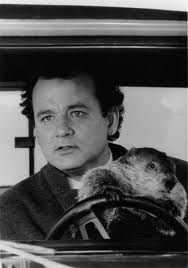
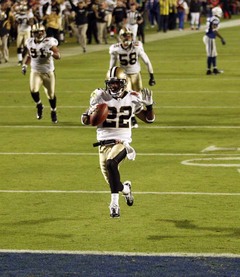
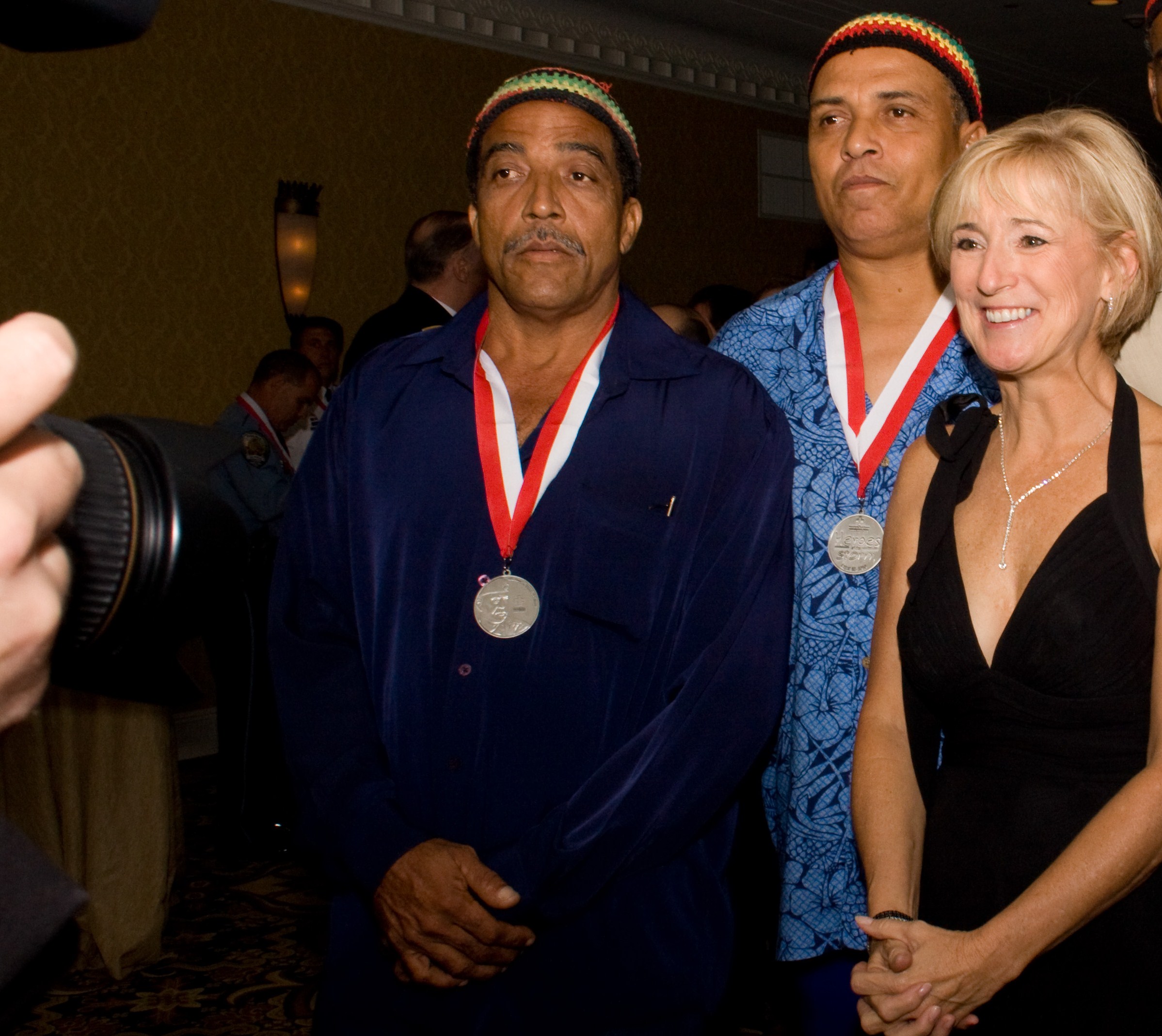

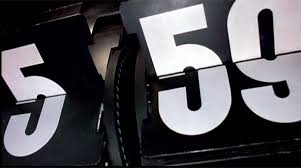
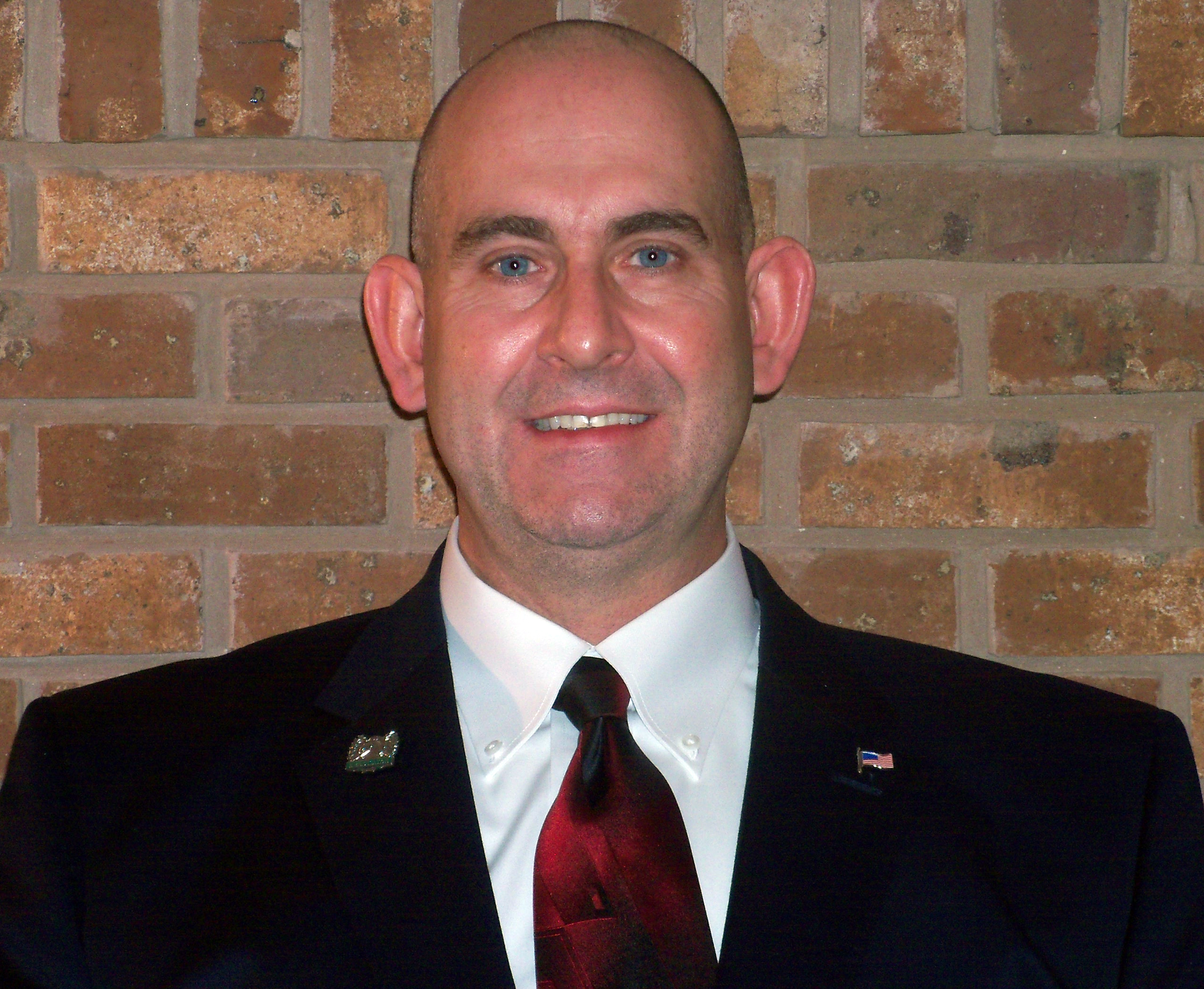
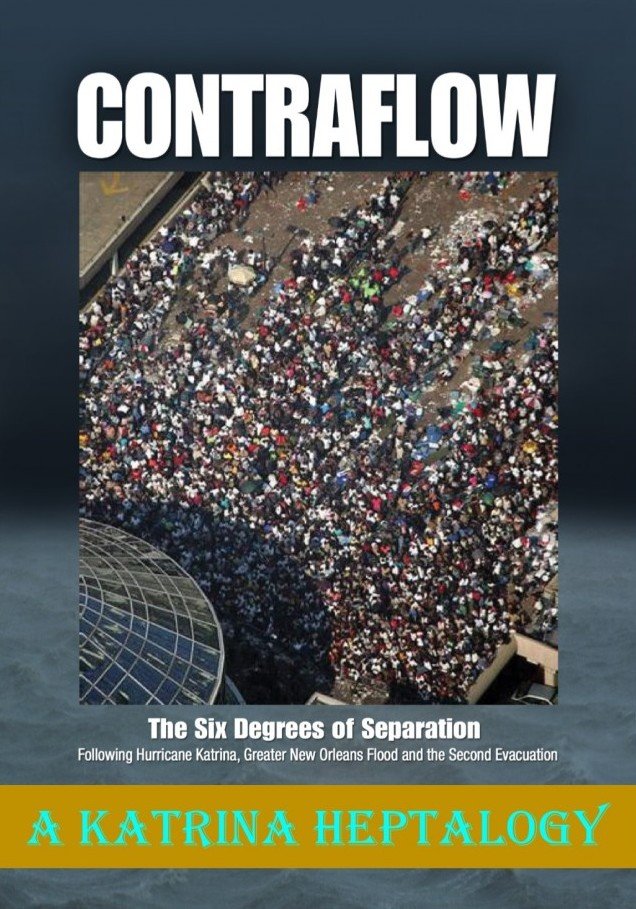






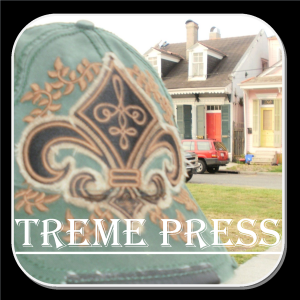
TCP Responses